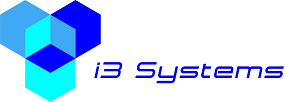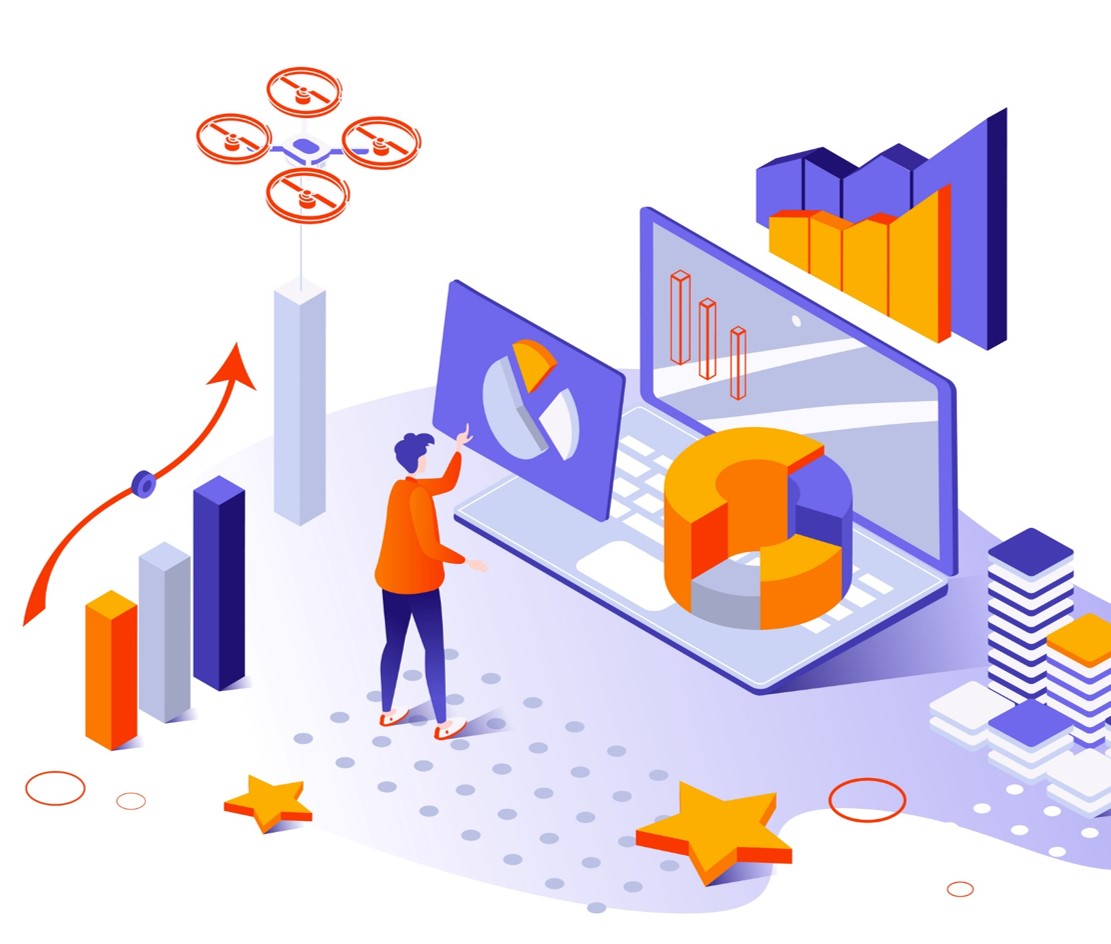The following i3 Reference Materials are provided as an aid for the i3 community as they begin to treat the data that flows within and through their organization as an asset that should support the entire organization rather than a consumable that supports a specific application.

An article from Bessemer that calls for a revolution in the way data infrastructure networks are constructed. The material calls this the Lakehouse revolution and calls for an organized approach to data ingestion, transformational capabilities in a way that is both scalable and intelligent (ready for AI). This revolution will change the way we deploy and use query engines and this process will change our understanding of software and data engineering.
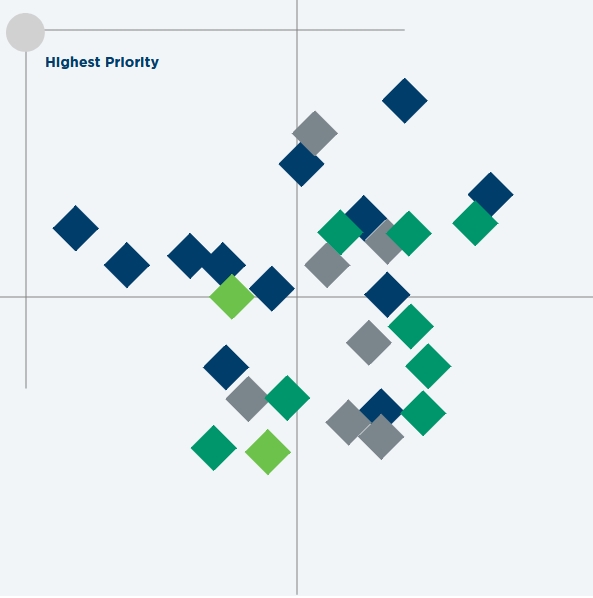
West Monroe consulting discusses how the emerging plethora of data will impact manufacturing analytics processes. This paper calls for companies to begin managing data as though it were a corporate asset that could further optimize manufacturing and supply chain processes. The available data will impact pricing strategies up and down the business chain because it enables performance-based pricing structures that could not have been imagined five years ago. When enhanced with performance data, manufacturing businesses can evolve away from product-based pricing and move toward value-based pricing concepts.
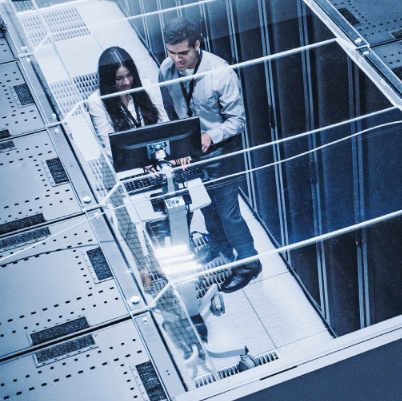
In today’s world, data drives everything. Government agencies have lots of data since the government touches everyone but unfortunately, government data is often locked in silos, scattered, and virtually inaccessible. Early efforts to make public data accessible, were successful in that they show cased the power of data but did little harness the value of the data for city operations. Cities need to adopt clear and meaningful data strategies that improve the efficiency and effectiveness of government operations. This has to start with a clearly stated vision for data use that is based on practical use cases. These initial use cases should not be viewed as the end goal but as a platform that can be used to support incremental use cases and other extensions that create value well and beyond the initial use case.

Data governance refers to the processes an organization uses to manage their data. Data policies that determine protection system applied to safe guard sensite data is an understood data governance issue. Other issues like data retention policies, auditing data distribution and use within the organization, and back-up/recovery processes processes are other data governance issues. Properly constructed, data governance policies provide foundational support for the organization’s operations yet they are often misunderstood and miscommunicated. A sound data governance policy has to begin with an inventory of the organization’s data assets and then has to classify the available so that policies can be applied consistently across the data class.

At the beginning of each year, the pundits all issue their view of the top tech trends they expect will dominate the coming year. The TechTarget forecast of future tech trends is particularly interesting from the perspective that they called out AI as a top tech trend (like most other forecasts) and they went a step beyond the norm to point out how the demand for AI systems will drive other issues that are prerequisites for a successful AI deployment. AI systems have made great strides forward and represent significant benefits to the companies that deploy them. However these systems are massive consumers of data and the data infrastructure that enabled legacy software systems will need to be totally reconsidered before it can suitably serve the needs of this oncoming wave of AI deployments.

A ebook detailing research conducted by ThoughtLab covering efforts to deploy smart city concepts in the real world. It talks about success stories and even more interesting is the coverage of hurdles that need to be overcome when turning these systems into reality. A good read that while written based on smart-city experiences, has lessons that apply to tech deployment projects in the commercial market as well.

A contributed article to the Communications of the ACM which outlines the challenges facing efforts to create a data infrastructure that is capable of supporting an organization using AI technologies to drive their business practices. Feeding each AI application with dedicated data streams creates scalability hurdles but building the needed cohesive support structure for an AI driven organization has its own set of challenges. These challenges can be overcome with a well designed data infrastructure designed to support current and future data requirements.
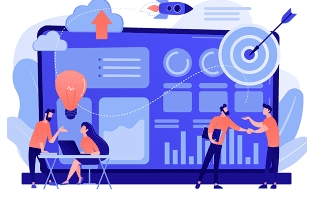
An article from Dataversity that discusses what it means for an organization to be data driven. Gives attention to the benefits for an organization to be data driven and the steps an organization to improve their data-driven orientation. For a company to become data-driven takes more than the deployment of a few AI or data analytic processes; a data-driven company basis its decision on data and seeks other data sources that can improve its decision making capabilities. The article has links to other articles related to data driven business proceses as well.

Georgetown University’s Beeck Center for Social Impact published a data-maturity assessment tool for government called the “State Data-Maturity Assessment.” The assessment tool was developed as part of a larger effort in assisting state government officials in evaluating their organizations readiness for future data-driven evolutionary growth. While originally developed with state governments in mind, the tool is equally useful for county and city officials as well as for private enterprises.

ThoughtLab, is a research group that examines the impact of technologies on companies, cities, industries, and business performance. They have recently begun a study to consider how cities are preparing to adopt AI technologies in order to enhance services, reduce costs, and improve quality of life for its citizens. As a part of that program, ThoughtLab has issued a report. “AI, A Game-changer for Cities”, that considers the perspective of several notable industry thought leaders about potential impacts of such technologies.

How Well is Data Fueling Your Company’s Digital Revolution. Doug Laney, Forbes contributor and Innovation Fellow at West Monroe, discusses the importance of data in fueling the Digital Revolution. He makes the point that data is a corporate asset that needs to be actively managed for the benefit of the company. According to Doug, a lot of transformational projects fail to live up to expectations because data is treated as an cost center that enables other systems but overlooked as asset that can be managed for efficiency and effectiveness

An Overview of Application Integration Systems. A new generation of Application Integration software is emerging. These tool go well beyond the legacy concept of building rigid links between applications that need to communicate. Instead, these next generation tools allow the creating of a network of applications that allow application to be actively managed and support interconnections across organizational divides. In essence, these tools support the creating of application networks that can be managed for the organization’s maximal benefit – today and in the future.

The Application Integration Process. Application integration programs link two or more disparate applications together. This allows applications to share data and other intelligence thereby breaking down the application silos that compartmentalize departments based on technology. This paper provides some getting started guidelines that should be considered whenever an application integration program is started.

An Introduction to i3. A brief overview of the i3 information network architecture system. There are several features of the i3 System which make the system especially attractive for certain deployments. First, it was designed to be operated in federated operational departments where operational responsibilities can be assigned to specialist groups inside the organization, outsourced teams, or partnered organizations. Another feature is related to the distributed management of data flows; instead of asking the already burdened IT department to provide complete support for the organization, the IT department sets up an operational framework and the data owners closest to the data are able to manage the distribution of their data directly.

i3 Operational Concepts. A white paper over viewing some of the i3 operational concepts that are important to understand, implementing, and deploying an i3 information network. The i3 system groups operational tasks into functional categories that can be assigned to different organizational teams. The intent is to enable an environment where trained IT specialists can focus on creating a data distribution environment that meets organizational goals while the day-to-day operational and data management operations can be tasked with data owners and data consumers.
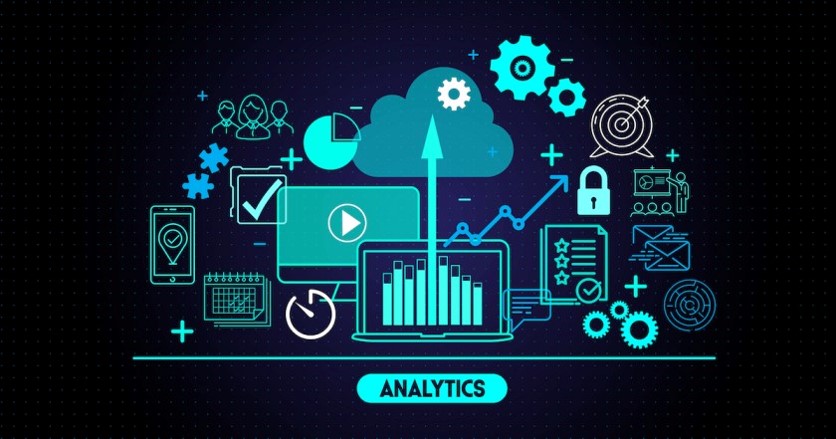
Introducing i3’s edge Processing System. i3 has created an edge processing system. An edge based engine that is intended to support remote device and application wrappers that feed information to the i3 core information processing network. The i3 edge processor is unique in that it is capable of collecting data from various Internet of Things (IOT) device and collecting data from video cameras. For the later, the video streams are fed into a configurable object detection process eliminating the need to transmit complete video streams upstream – the edge processor only transmits alert indicators that reflect objects of interest to the operator.
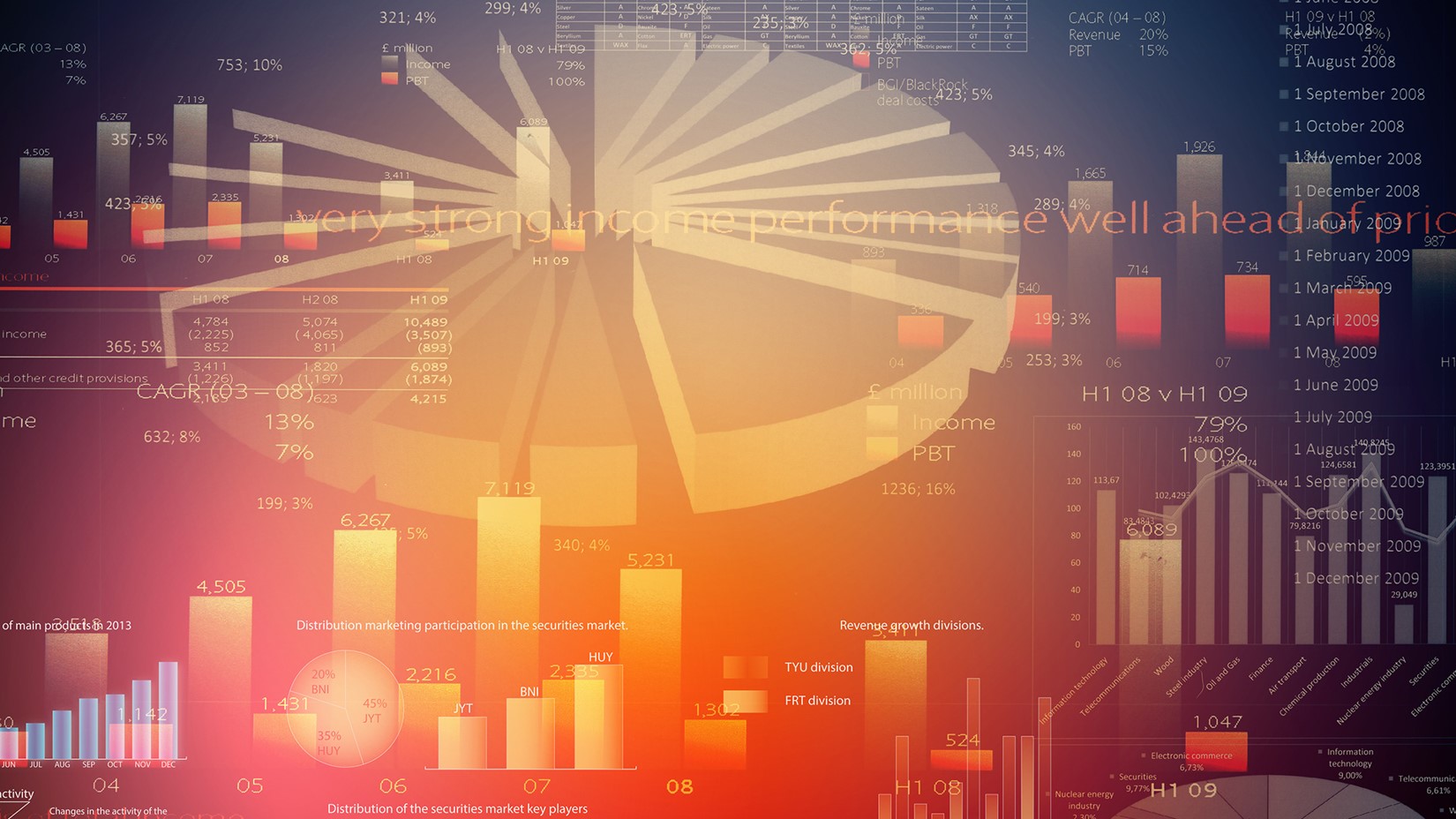
A Overview of the i3 Software Development Kit (SDK). This introductory white paper introduces the i3 Software Development Kit to the reader. i3 can easily and transparently distribute data to multiple applications or users of data. However, high levels of data reuse often require that the incoming data structure be transformed into a format that matches the targeted applications format expectations. i3 Systems has developed a data transformation tool that makes it easy to create these data wrappers in order to simplify the process of using i3 in an established data processing environment.
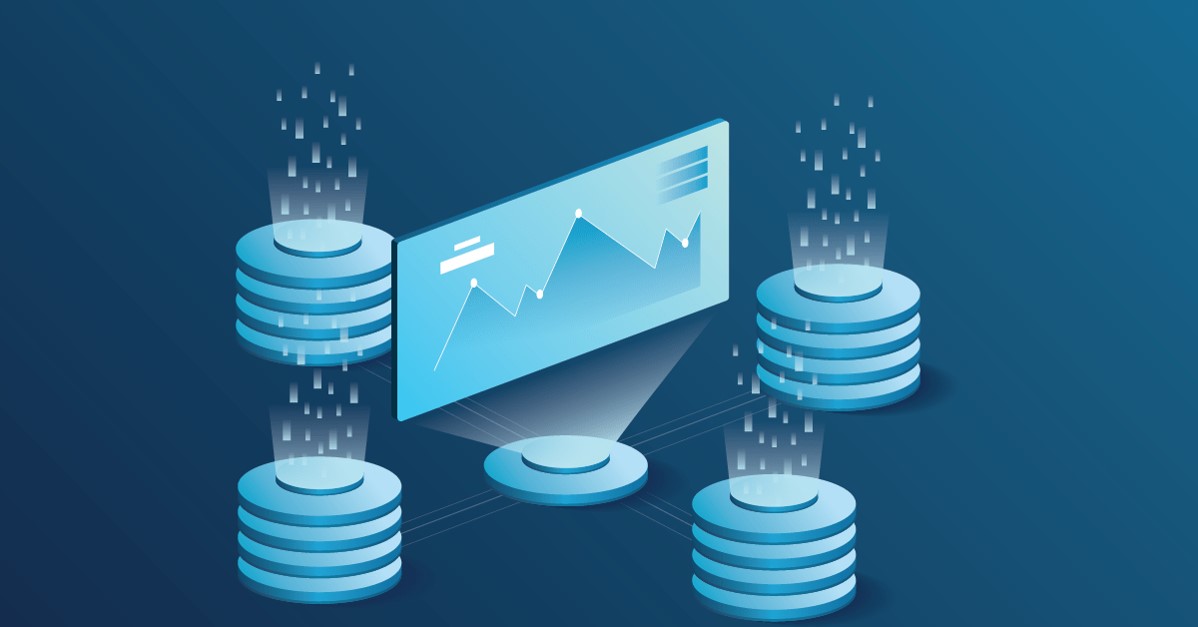
A Brief introduction to i3 Based Device Wrappers. This short white papers introduces the reader to the creation of an i3 device wrappers. In a complex data processing environment, there may be many sources of data each of which is creating data flows in their own unique format. Device wrapper are code stubs that can accept data in a wide range of formats and structures and map them to an organizationally unique data model.

A Brief introduction to i3 Based Application Wrappers. This short white papers introduces the reader to the creation of an i3 application wrappers. In a complex data processing environment, there may be many targeted consumers of data (data hungry applications) expecting to receive data flows in their own distinct format. Application wrapper are code stubs that can accept data based on the organization’s unique internal data model and can map the data flow to a wide range of formats and structures that meet application API expectations.
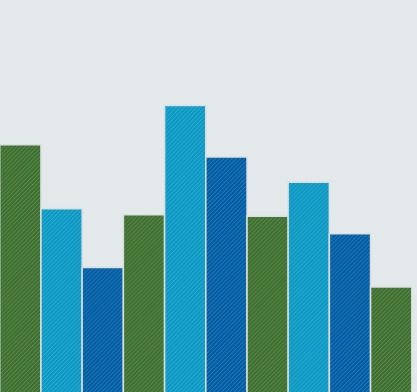
Rewiring Telecoms for Future Success Means Shifting to a Customer Focus. Communications Service Providers used to be in the business of providing what were largely commoditized connectivity services. Instead of creating a hard-wired connection between each telephone, a telephone is connected to a switch that allows a source telephone to be connected to any destination telephone. The advent of the internet extended that philosophy and allowed any source computer to be connected to any destination computer. Next generation communications companies can be expected to mantra to be further extended in order to allow applications within a computer to be connected to applications in another computer where the connectivity and transformational message logic that supports a simplified interconnection process is provided as a part of the networking process.
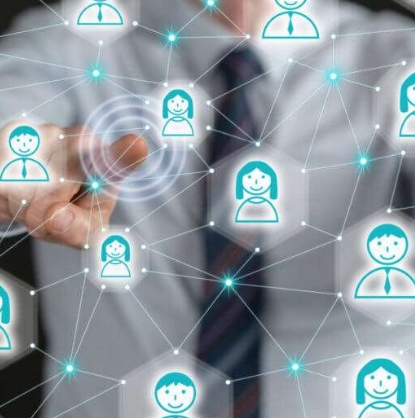
Building a Data marketplace: 6 Fundamental Principles of The CTM i3 Platform. Reflections on the evolution of the i3 concept that was originally envisioned at University of Southern California (USC) including an overview of lessons learned along the way. The experiences that emerged from this three year research project shaped the efforts that drove i3 Systems to create an industrialized implementation of these research programs that could be deployed by smart cities, smart communities, and indeed any ecosystem that seeks to increase the value of the data being managed in a federated operation environment.
 Trust in Smart City Systems. A reference document from the Cybersecurity & Infrastructure Security Agency that focuses on the importance of trust to achieving a successful Smart-City project. The document also discusses nine trust characteristics that need to be considered when planning a new smart city project. Trust is a critical issue when building cooperative data infrastructures. In these environment, the departments creating data streams are often independent of the departments consuming data streams. Without a foundation of trust the data generators will be discouraged from contributing their data for use by the larger community and data consumers will be discouraged from using data where trust is uncertain.
Trust in Smart City Systems. A reference document from the Cybersecurity & Infrastructure Security Agency that focuses on the importance of trust to achieving a successful Smart-City project. The document also discusses nine trust characteristics that need to be considered when planning a new smart city project. Trust is a critical issue when building cooperative data infrastructures. In these environment, the departments creating data streams are often independent of the departments consuming data streams. Without a foundation of trust the data generators will be discouraged from contributing their data for use by the larger community and data consumers will be discouraged from using data where trust is uncertain.

The State of the Connected World: 2020 Edition Late in 2020, the World Economic Forum released a report that focused on how IoT systems were transforming and disrupting the way we live and work. While many technologies are emerging in this space and it is clear they will have significant industry impact, there are outstanding obstacles that must be overcome before that can achieve their true potential, i3 is cited an example of a breakthrough technology that is targeted to reduce existing deployment hurdles and thereby accelerating deployment of these systems. As government agencies consider deploying new data driven technologies, they will have to give consideration to managing the enablers of these systems or run the risk of discovering after the fact that these new technologies are being hobbled by legacy operational environments.
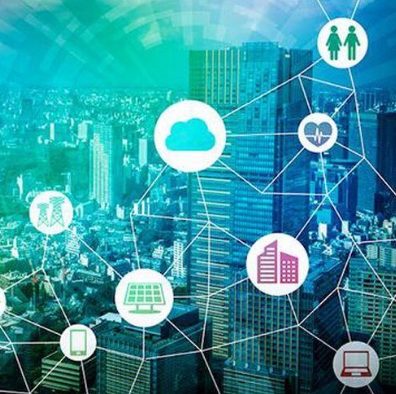 How AI Could Tackle City Problems Like Graffiti, Trash, And Fires. Video is the ultimate Internet-of-Things (IOT) sensor. AI (object detection systems specifically) can be used to interpret live video streams to identify objects of particular interest. When an such an object is identified, data that alerts operators and application of the situation can be generated and used to trigger a response as warranted. These video cameras can be placed in stationary positions or mounted on service vehicles that traverse a larger geography. The goal of these systems is to convert the video streams into a series of event indicators and then process these event sequences to determine an appropriate systemic response. Recent advances in AI technology are making it easier to understand event indicators embedded in a sequence of operational events and advances in object recognition technology have made it easier to identify events of interest to a specific organization. When used in a smart-city context, situational event streams can drive action that improves municipal operations and quality of life for the city’s residents.
How AI Could Tackle City Problems Like Graffiti, Trash, And Fires. Video is the ultimate Internet-of-Things (IOT) sensor. AI (object detection systems specifically) can be used to interpret live video streams to identify objects of particular interest. When an such an object is identified, data that alerts operators and application of the situation can be generated and used to trigger a response as warranted. These video cameras can be placed in stationary positions or mounted on service vehicles that traverse a larger geography. The goal of these systems is to convert the video streams into a series of event indicators and then process these event sequences to determine an appropriate systemic response. Recent advances in AI technology are making it easier to understand event indicators embedded in a sequence of operational events and advances in object recognition technology have made it easier to identify events of interest to a specific organization. When used in a smart-city context, situational event streams can drive action that improves municipal operations and quality of life for the city’s residents.  The Evolving Internet of Things (IoT) in Healthcare. The healthcare industry is in a technological crossroad where innovation in digital communication and
Internet-of-Things (IoT) technologies are intersecting thereby changing the relationships between medical care providers, patients, health care systems, and the government. Advancements in digital and communications technology have caused doctors, hospitals, and health systems to evaluate the impact of these devices in the complex milieu of administrative process, regulatory compliance, and clinical communications.
The Evolving Internet of Things (IoT) in Healthcare. The healthcare industry is in a technological crossroad where innovation in digital communication and
Internet-of-Things (IoT) technologies are intersecting thereby changing the relationships between medical care providers, patients, health care systems, and the government. Advancements in digital and communications technology have caused doctors, hospitals, and health systems to evaluate the impact of these devices in the complex milieu of administrative process, regulatory compliance, and clinical communications.
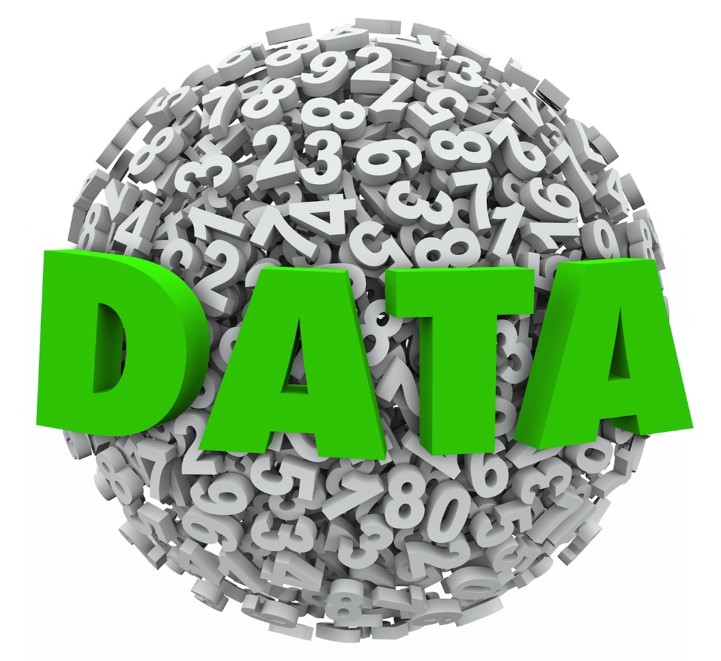 i3: An IoT Marketplace for Smart Communities. There are many barriers preventing the adoption of the Internet
of Things (IoT) in smart communities and smart cities,
including interoperability, concerns about vendor lock-in, economic
constraints, and privacy issues. An architecture that fluidly manages the flow of data between IoT devices and applications improves systems manageability in community-centric infrastructures.
i3: An IoT Marketplace for Smart Communities. There are many barriers preventing the adoption of the Internet
of Things (IoT) in smart communities and smart cities,
including interoperability, concerns about vendor lock-in, economic
constraints, and privacy issues. An architecture that fluidly manages the flow of data between IoT devices and applications improves systems manageability in community-centric infrastructures.
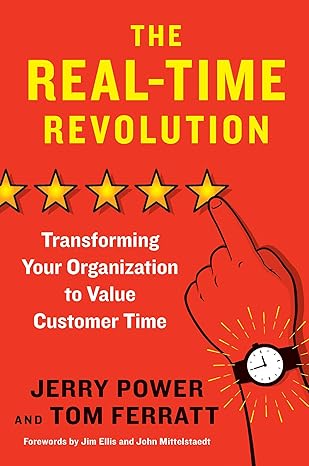 The Real-Time Revolution: Transforming Your Organization to Value Customer Time. Business survival requires valuing what customers value — and in our overworked and distraction-rich era, customers value their time above all else. Real-time companies beat their rivals by being faster and more responsive in meeting customer needs. To become a real-time company, you need a real-time monitoring and response system. This book explores how an organization can put procedures in place that will collect data on how well products or services are saving customer time; identify strengths, weaknesses, threats, and opportunities; and specify innovations needed to save even more customer time. That idea, the concept of using technology to understand how and where customers and the company spends it time served as the motivation that drove the development of the i3 concept.
The Real-Time Revolution: Transforming Your Organization to Value Customer Time. Business survival requires valuing what customers value — and in our overworked and distraction-rich era, customers value their time above all else. Real-time companies beat their rivals by being faster and more responsive in meeting customer needs. To become a real-time company, you need a real-time monitoring and response system. This book explores how an organization can put procedures in place that will collect data on how well products or services are saving customer time; identify strengths, weaknesses, threats, and opportunities; and specify innovations needed to save even more customer time. That idea, the concept of using technology to understand how and where customers and the company spends it time served as the motivation that drove the development of the i3 concept.
The Intelligent IoT Integrator (i3) Project: Working Together. A brief history of how the i3 project began as an University of Southern California (USC) academic research program, evolve to become a multi-stakeholder system, and then created an opensource proof-of-concept that demonstrated the power of leveraged data. i3 Systems emerged from the project as a pathway to evolve IoT, and indeed any real time data system, and bring these concepts to operational environments.
